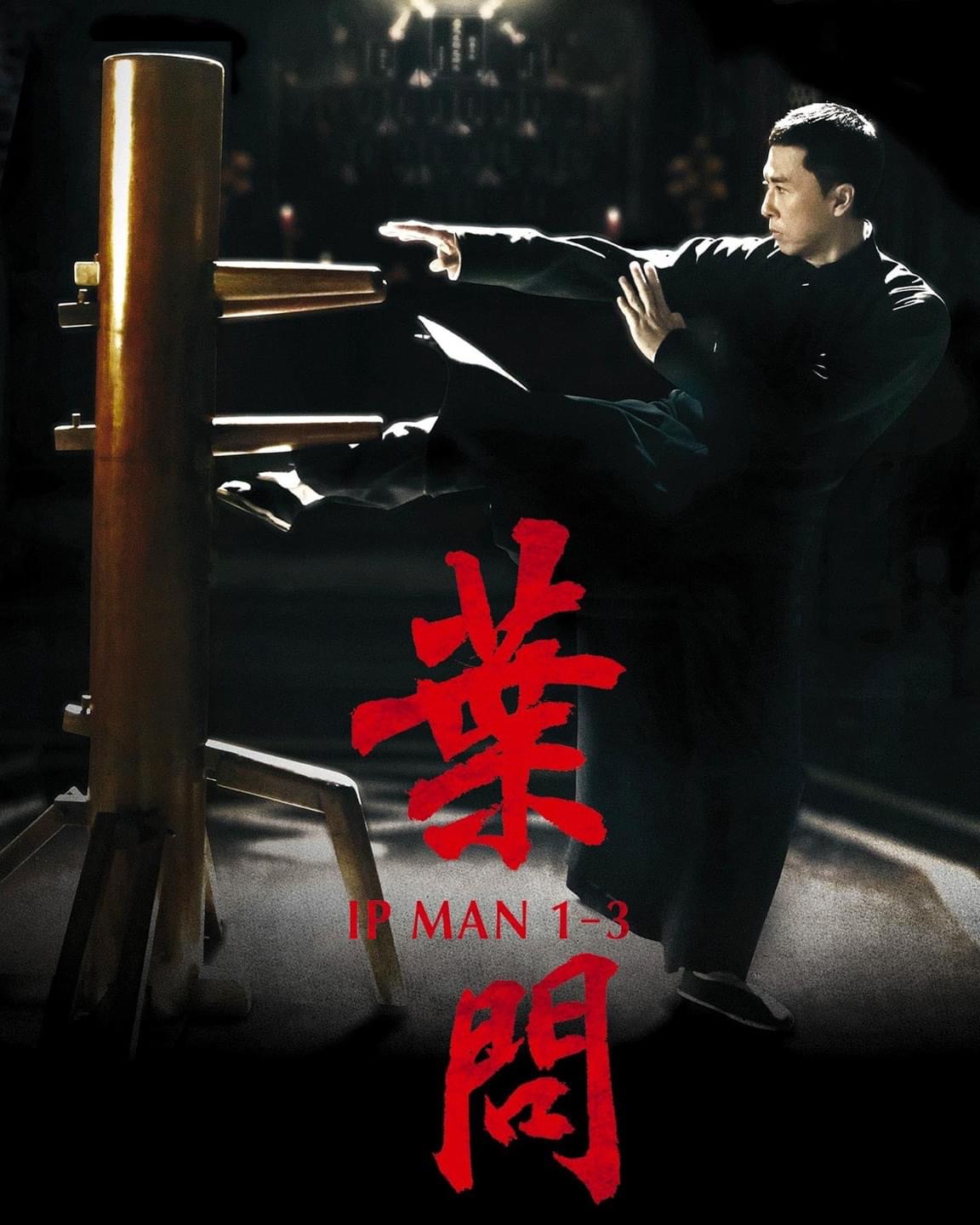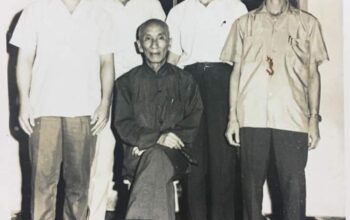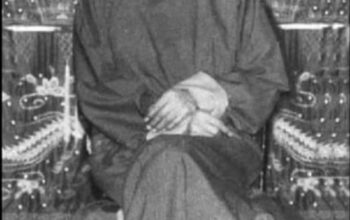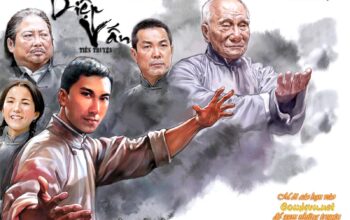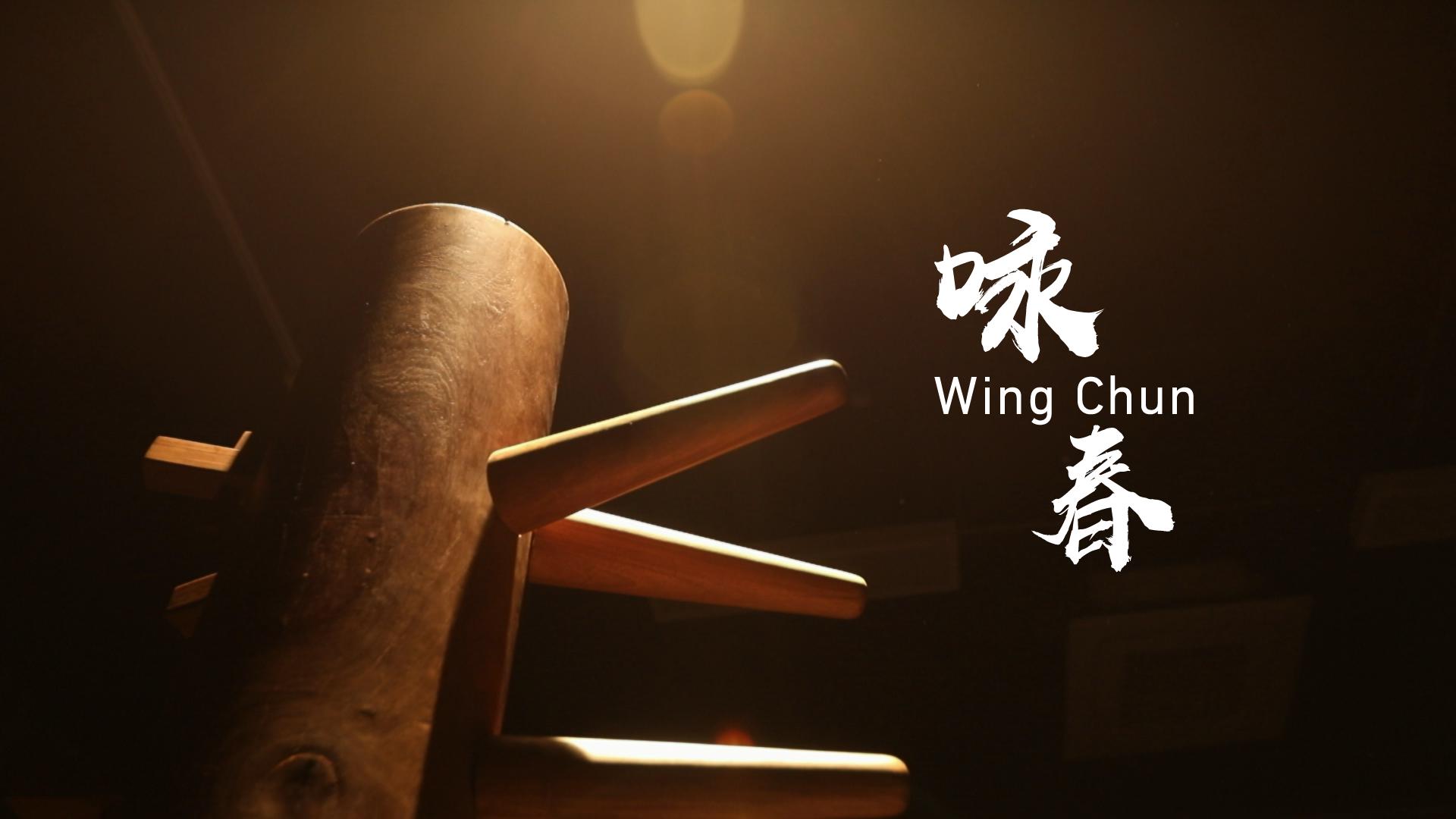Wing Chun, a traditional Chinese martial art known for its practicality and efficiency, employs various training methods to develop its practitioners’ skills and attributes. These training methods encompass a range of physical exercises, drills, and techniques that enhance the practitioner’s understanding of Wing Chun principles and facilitate their progress in the art. Let’s explore some of the key training methods in Wing Chun.
- Forms (Kuen):
Forms, or Kuen, are a fundamental part of Wing Chun training. These are pre-arranged sequences of movements that serve as a blueprint for understanding and practicing the art’s techniques, footwork, and body mechanics. The most well-known forms in Wing Chun are the Siu Nim Tao (Little Idea Form), Chum Kiu (Seeking the Bridge Form), and Biu Tze (Thrusting Fingers Form). Forms help practitioners develop proper structure, balance, and flow, and they serve as a foundation for more advanced techniques. - Chi Sao (Sticky Hands):
Chi Sao is a unique training method in Wing Chun that involves close-range hand contact and sensitivity exercises. Practitioners engage in controlled and structured hand movements with a partner, maintaining constant contact while simultaneously defending and attacking. Chi Sao develops tactile sensitivity, reflexes, and the ability to read and respond to an opponent’s movements. It enhances the practitioner’s ability to maintain centerline control, flow with the opponent’s energy, and execute simultaneous attack and defense. - Wooden Dummy (Muk Yan Jong):
The Wooden Dummy is an iconic training tool in Wing Chun. It consists of a wooden frame with various arms and legs, providing an interactive surface for practicing techniques and developing precision. The Wooden Dummy helps practitioners refine their angles, accuracy, and timing. It also strengthens the practitioner’s structure, conditioning their arms and legs for impact absorption and striking. - Bil Jee (Thrusting Fingers):
Bil Jee, or Thrusting Fingers, is a Wing Chun training method that focuses on the use of penetrating strikes and finger jabs. This technique emphasizes explosive power generated from the hips and waist, and it trains practitioners to effectively strike vital targets. Bil Jee develops speed, power, and accuracy in close-quarters combat. - Muk Jong (Wooden Dummy):
Similar to the Wooden Dummy, Muk Jong refers to the specific training regimen using the Wooden Dummy. It involves executing specific techniques and combinations on the Wooden Dummy, honing the practitioner’s ability to flow from one movement to another seamlessly. Muk Jong training allows practitioners to develop muscle memory, coordination, and the ability to adapt their techniques in real-time. - Sparring:
Sparring, or Randori, is an integral part of Wing Chun training. It involves controlled and supervised live combat scenarios, allowing practitioners to apply their techniques in a realistic and dynamic setting. Sparring enhances timing, distance management, decision-making, and the ability to apply Wing Chun principles under pressure. It also fosters adaptability and helps practitioners develop their individual fighting style. - Strength and Conditioning:
Wing Chun training includes various exercises to improve strength, flexibility, and overall physical conditioning. These exercises may include bodyweight exercises, such as push-ups, squats, and lunges, as well as specialized drills targeting specific muscle groups. Building physical fitness and conditioning enables practitioners to execute techniques with power and efficiency while maintaining proper body mechanics.
In conclusion, Wing Chun encompasses a diverse range of training methods aimed at developing the practitioner’s understanding of the art’s principles and techniques. From forms to Chi Sao, the Wooden Dummy, sparring, and strength and conditioning exercises, each method serves a specific purpose in enhancing various aspects of a practitioner’s skill set. By engaging in these training methods, Wing Chun practitioners can cultivate their techniques, sensitivity, reflexes, and adaptability.
